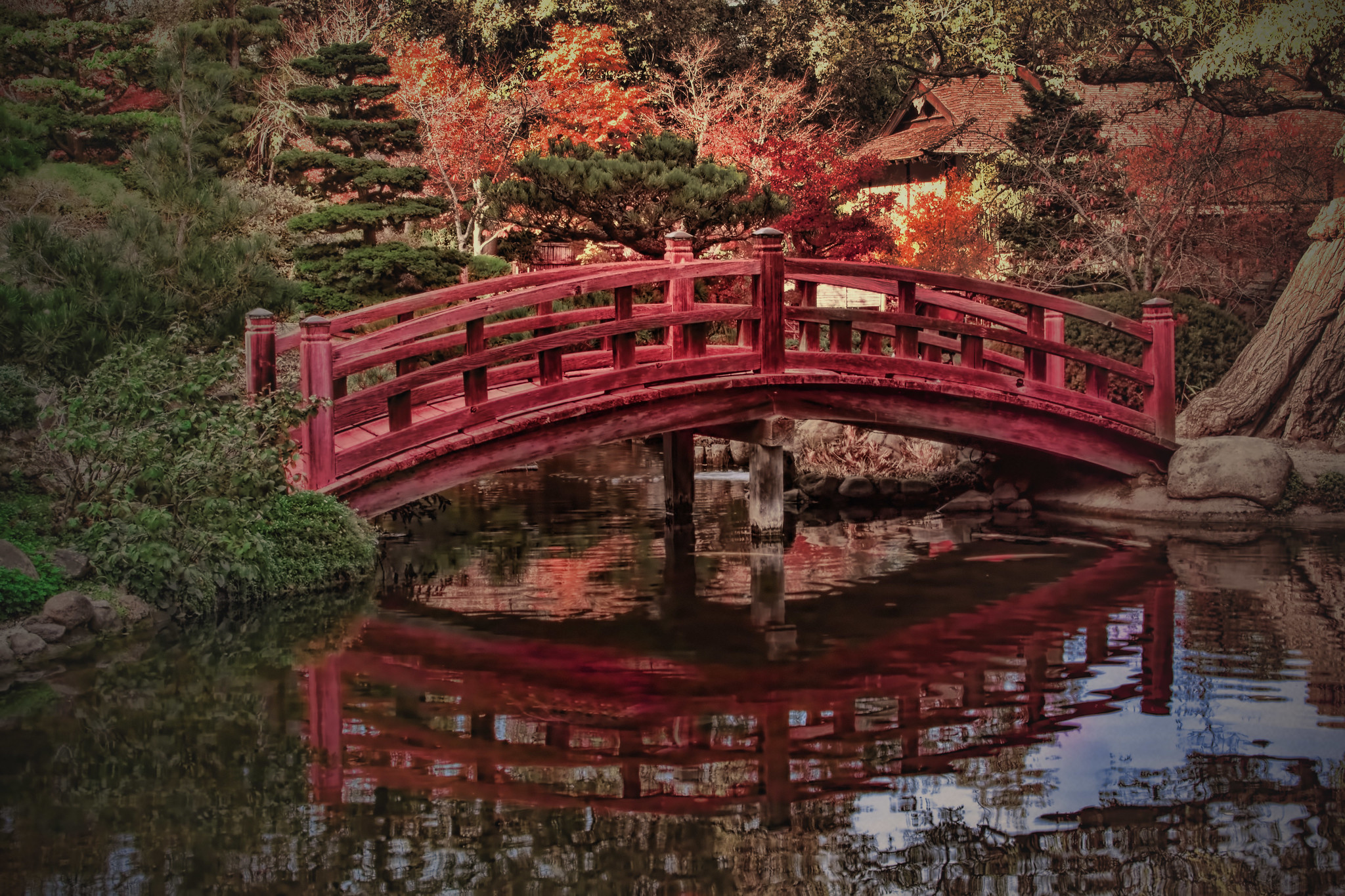

With such a shortage of habitable living space and cultivable land, it is only natural that the largest plains, such as the Kanto Plain (Tokyo), should have the largest concentrations of population and industrial activity. The largest plains are thus found along the Pacific coast, where eroded material is deposited as alluvium. The young rocks are eroded by many short, steep and fast-flowing streams and rivers, the longest of which tend to flow towards the Pacific Ocean. Although not particularly high, the hills and mountains of the Japanese interior are steep and are not, therefore, considered habitable or suitable for cultivation. The volcanic front associated with the present mountain building process extends along the line of the Japan Sea coast, on the so-called ‘back-side’ of Japan.Ībout 80 percent of the land in Japan is considered ‘mountainous’. Thus, in general terms, the topography of Japan is characterized by a series of mountain ranges running longitudinally across the country. Active volcanoes are strung out in a line, known as the volcanic front, parallel to the ocean trenches. Magma is forced up through the fissures to create volcanoes on the earth’s surface. Above the zones of subduction the rocks at the continental margin are thrust up, fractured, and twisted. Deep trenches extend along the zones of plate-collision in a series of arcs off the east and south-eastern shores of Japan, forming the deepest maritime waters on earth. Japan is located in an area where two oceanic plates collide with the Eurasian continental plate, on the so-called ‘ring of fire’. The denser oceanic plates are driven under the continental plates, and the resultant friction causes earthquakes and volcanic activity. Sea floor spreading pushes oceanic plates into less dense continental plates at the continental margins. The forces which power such mountain building processes are the same as those which account for continental drift. Over the last 400 million years there have been four major periods of mountain building, each of which, notwithstanding the contrary effect of erosion, including glaciers, has contributed features to the present day Japanese landscape. The mosaic-like map of the surface geology of Japan reveals something of the tortuous processes by which the Japanese islands were, and are, being formed. The survival of Shinto in the modern age, and the reverence attached to natural features such as Mount Fuji, the sand bar at Amano Hashidate, and the blossom of cherry trees are testament to this. Though most Japanese today discount such myth, there is no doubt that a strong link exists in the Japanese mind between the spiritual and natural worlds. Tradition further proclaims that it was the father of the Gods, Izanagi, who thrust his spear into the waters of the earth and so created the Japanese isles from the droplets thus formed. It is not known how many copies were made after the edition run ended.The current emperor, the Emperor Heisei, it is claimed, has an ancestry with origins in the Japanese pantheon. This includes works made-to-order, or prints on demand. The number of works produced has been determined and included in the listing. This means that every work of art is unique and there will never be another identical one. One-of-a-kind works of art are also known as “OOAK” artworks. Each work bears great similarities to the original. It could also refer to a prototype or a model from which other works can be made.

Original Artwork could also refer to the first work, which is always preceding all others. They reach a greater audience than originals and act as a tonic against commodification. While they may be less valuable for different reasons, reproductions and copies have had a tremendous impact on our experience. For workshop paintings that bear evidence of master craftsmanship, this attribution must be further qualified. Mixed media includes oil, acrylic, and watercolor paintings. Original artwork can be any type of painting, sculpture, performance, or other media. Original Artwork refers to any work that is considered authentic and not a copy or imitation of the original works of an artist.


 0 kommentar(er)
0 kommentar(er)
